Thread taps are a type of cutting tool. Thread taps are used to work on metals, making threaded holes in them. If you’ve ever wondered what tool is used to make the holes in bolts and the threads on nuts, you’ve finally found the answer to your question.
Manufacturers use materials like alloy, high-carbon, and high-speed steel to make thread taps. To use them, you have to either use them with a wrench or tap handle. However, combining them with drills is the easiest way to use them.
Thread Taps
Thread taps commonly have three parts: the tang, the shank, and the body. The tang is usually the part attached to the drill or wrench, while the shank holds the inscriptions regarding the tap’s properties. The body is the most important part, holding the threads which do the actual drilling.
Now that we’ve briefly introduced thread taps, let’s review the various types available.
Types of Thread Taps
In this section, we’ll go through the various types of thread taps, their unique features, and their advantages. There are 10 types of taps, namely:
1. Hand Taps
A hand-tap set
These are the most common type of thread taps. However, they’re not advisable to use for CNC machining procedures as they do not produce the best threads. Hand taps usually come in a set of three taps known as the taper tap, the second/intermediate/plug tap, and the bottoming/finish tap.
- Taper Taps
When using hand taps, this is the first tap used on the workpiece. It has 8 – 10 threads on its body, which do the actual threading work. It is common so you might find this in any machine shop.
- Second/Intermediate/Plug
This is used after the taper tap. It has 3 – 5 threads on its body which function to shape and give depth to threads made by the taper tap.
- Bottoming/Finishing Tap
This is the last tap of the hand tap set. It comes in use after the intermediate tap and has 1 – 1.5 threads on its body. The bottoming tap is best suited for threading holes that do not go completely through the workpiece. However, if the hole goes through both sides, machinists use only the taper and the intermediate taps.
2. Machine Tap
A machine tap
Machinists use this tap in combination with a tap drill machine. The tap drills usually have a special holder for the machine drills to allow easy attachment.
3. Gas Tap
Gas Taps
Just like the name implies, this thread tap functions in drilling gas-type threads. These threads are suitable for fittings where gas or liquid pipes are meant to pass through. This tap has 1.5 of its thread at the lower portion chamfered and ¾ taper per foot. They are also known as pipe thread taps.
4. Extension Tap
Extension Tap
These taps are just like hand taps, but they have a longer shank. Machinists use them for making threads in deep spots such as pulley hubs.
5. Form Taps
Form Tap
This tap is different from others in that it doesn’t have flutes on its body but has threads all over. It is also different in mode of operation such that it doesn’t cut the metal but pushes and compresses it. They are better for use in softer metals like aluminum and brass. They are also known as fluteless taps.
6. Master Tap
Master Tap
This is another tap similar to the hand tap; however, it has more flutes due to more threads. This tap thread is used to cut the threads in thread ring gauges.
7. Machine Screw Tap
Machine Screw Thread Tap
This tap is used when cutting cut threaded holes with less than ¼ diameter. On its lower portion, it has two to four chamfered threads.
8. Stay Bolt Tap
Stay Bolt Tap
The stay bolt tap is a special type of thread tap. It is a multipurpose tap with its part divided into three areas. The lower part has the same diameter as the hole, which it drills to help keep its tab straight. The middle portion has a reamer which helps to clean the hole. The tap itself is at the last part and makes the thread.
9. Punch Tap
Punch Tap
This tap is a technology made by Audi to make threading faster. These taps can run 75% faster than the normal forming tap.
10. Spiral Flute Tap
Spiral Flute Thread Tap
Spiral taps are similar to the end mill in shape. They are also a good choice for threading blind holes because they can eject cut metal up and out of the hole.
Some taps are also used for special functions, such as the ACME thread taps. There are also some custom thread taps machinists get made to suit themselves. Some taps could also be hand-oriented, e.g., right or left-handed thread taps.
How to Tap A Thread
If you want to machine a threaded hole, here’s the process to follow:
- First, bore a hole using a tap drill of the appropriate size for the thread.
- File the thread tap while attached to the drill.
- Clamp down the workpiece.
- Then, the taper thread tap is up next. This tap is used to make the thread.
- After moving through a few threads, check if the tap is still moving in a straight line.
- Ensure adequate lubricant is applied while tapping.
- After using the taper tap, use the intermediate and finishing tap to complete the process as the case requires.
- If it’s a blind hole, take out the tap occasionally to dispose of chips.
However, it is vital to ensure that the drilled hole is appropriate for the tap is vital. Also, the machinist should move the thread tap forward and backward during the process.
Find Thread Tap Size with a Chart
This chart shows different tap sizes with their diameter and other properties.
| Tap Size | Major Diameter | mm per thread | Drill size |
| M1.6 x 0.35 | 1.6mm | .35 | 1.25mm |
| M2 x 0.4 | 2mm | .4 | 1,6mm |
| M2.5 x 0.45 | 2,5mm | .45 | 2,05mm |
| M3 x 0.5 | 3mm | .5 | 2,5mm |
| M3.5 x 0.6 | 3,5mm | .6 | 2,9mm |
| M4 x 0.7 | 4mm | .7 | 3,3mm |
| M5 x 0.8 | 5mm | .8 | 4,2mm |
| M6 x 1 | 6mm | 1 | 5mm |
| M8 x 1.25 | 8mm | 1.25 | 6,8mm |
| M8 x 1 | 8mm | 1 | 7mm |
| M10 x 1.5 | 10mm | 1.5 | 8,5mm |
| M10 x 1.25 | 10mm | 1.25 | 8,8mm |
| M12 x 1.75 | 12mm | 1.75 | 10,2mm |
| M12 x 1.25 | 12mm | 1.25 | 10,8mm |
| M14 x 2 | 14mm | 2 | 12mm |
| M14 x 1.5 | 14mm | 1.5 | 12,5mm |
| M16 x 2 | 16mm | 2 | 14mm |
| M16 x 1.5 | 16mm | 1.5 | 14,5mm |
| M18 x 2.5 | 18mm | 2.5 | 15,5mm |
| M18 x 1.5 | 18mm | 1.5 | 16,5mm |
| M20 x 2.5 | 20mm | 2.5 | 17,5mm |
| M20 x 1.5 | 20mm | 1.5 | 18,5mm |
| M22 x 2.5 | 22mm | 2.5 | 19,5mm |
| M22 x 1.5 | 22mm | 1.5 | 20,5mm |
| M24 x 3 | 24mm | 3 | 21mm |
| M24 x 2 | 24mm | 2 | 22mm |
| M27 x 3 | 27mm | 3 | 24mm |
| M27 x 2 | 27mm | 2 | 25mm |
Thread Tap Size Chart
Applications of Thread Taps
The use of thread taps spread to various procedures. Some examples of these applications include:
- Bolts and Nuts: Thread taps are vital in the manufacturing of threaded bolts and nuts.
- Gas Fittings: Thread taps are also vital in making fittings through which gas pipes are passed.
Conclusion
Thread taps are instrumental in various manufacturing processes and applications. They come in different types, each with unique features, offering flexibility based on your project needs. Whether you’re threading for bolts and nuts or gas fittings, understanding the usage of these taps is crucial. However, to guarantee precision and save time, working with experts like Prolean who are experienced in tapping services is highly recommended. Through this guide, we hope to have simplified the complexity around thread taps and their applications.
FAQs
What are thread taps and what are they used for?
Thread taps are cutting tools designed for creating threads in holes in metals. They are typically used in the manufacturing of bolts, nuts, and similar objects.
What are the different types of thread taps?
There are several types of thread taps including hand taps, machine taps, gas taps, extension taps, form taps, master taps, machine screw taps, stay bolt taps, punch taps, and spiral flute taps. Each type has its unique features and applications.
How is a thread tap used?
Thread taps are used by first drilling a hole with an appropriately sized tap drill, attaching the tap to a drill, and then using the tap to create the thread. The taper thread tap is used first, followed by the intermediate and finishing taps as needed.
What materials are used to make thread taps?
Thread taps are commonly made from materials like alloy, high-carbon, and high-speed steel.
What factors should I consider when selecting a thread tap?
The type of material you’re working with, the diameter of the hole, and the required precision of the threads are all important factors to consider.
Can I use thread taps on any material?
While thread taps are primarily used on metals, they can also work on other materials, but their suitability depends on the hardness and brittleness of the material.
How can I find the right thread tap size?
You can refer to a thread tap size chart to identify the appropriate tap size based on the major diameter, mm per thread, and drill size.

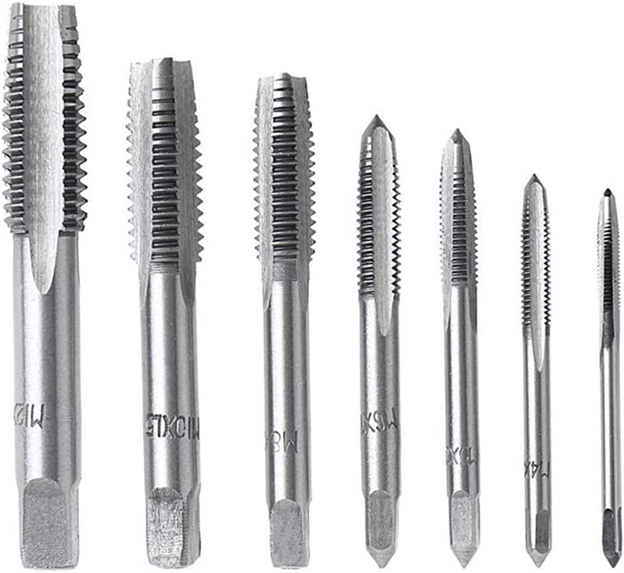
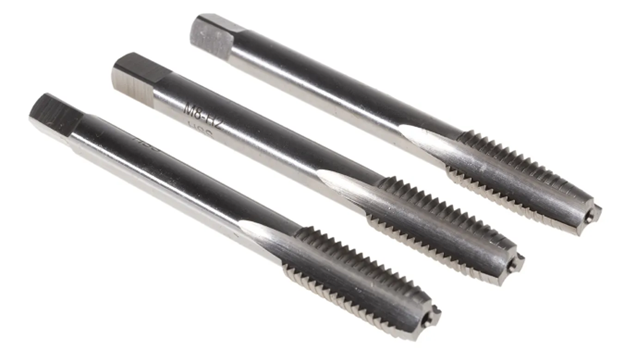
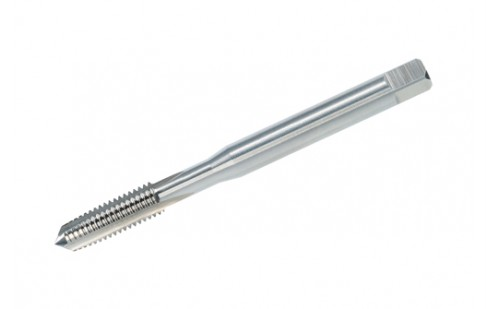
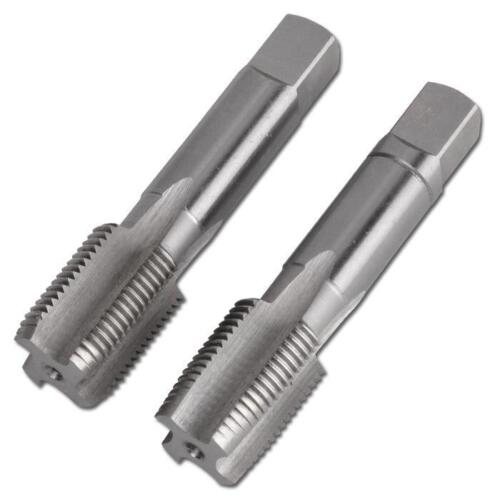

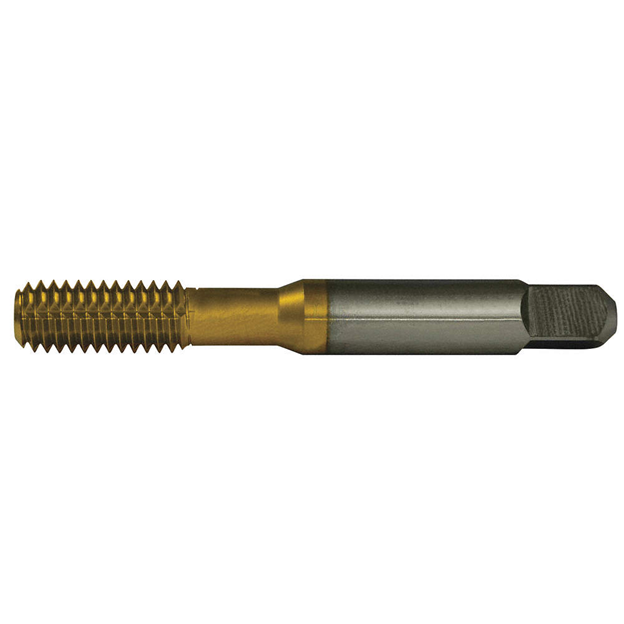
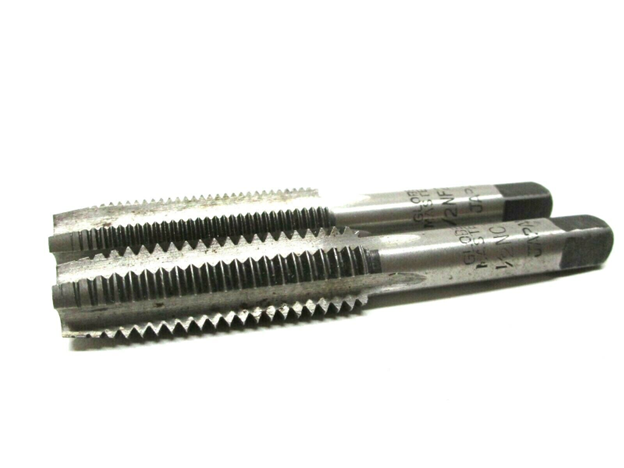
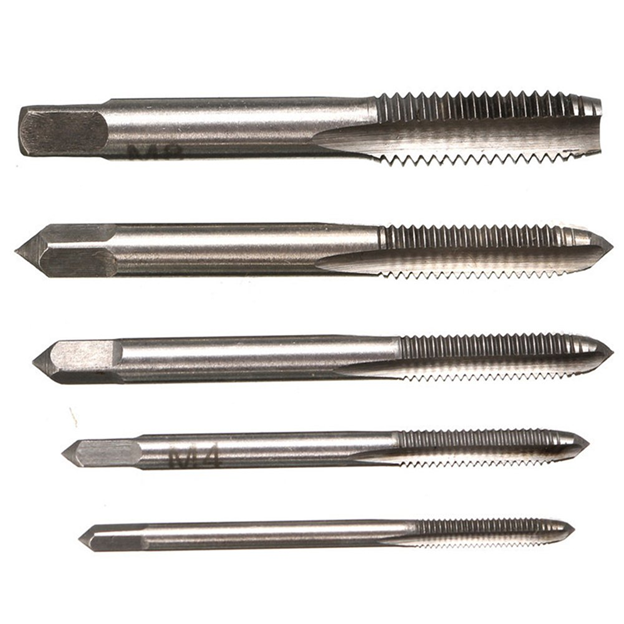

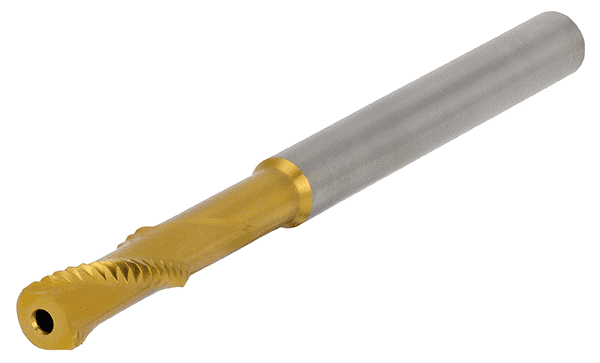
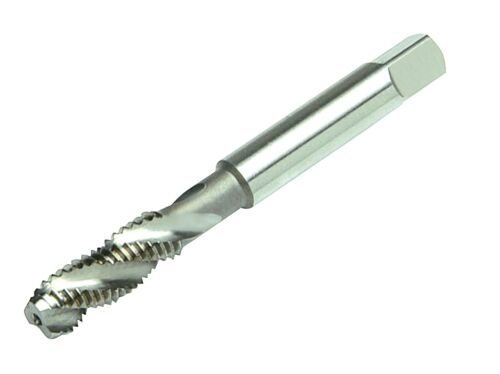




I was looking for thread tap size with a chart to make the perfect threading for my upcoming industrial project. The chart shared will definitely going to help me. Could you please through some lights on the diffreence between foam tap and pipe tap?
Thanks Jackson! It was great to know that chart was helpful for you!
For CNC (Computer Numerical Control) machining, both “foam taps” and “pipe taps” represent specialized types of cutting tools, but they serve different purposes within the context. My previous response might have misunderstood the terms in the context you intended. Let’s clarify the differences in terms of CNC machining tools:
Design and Purpose:
Foam Taps (assuming the reference might be towards specialized tools for cutting foam or a misunderstanding): In CNC machining, there typically aren’t tools referred to as “foam taps.” However, there are specialized cutting tools designed for machining soft materials like foam, which prioritize sharpness and often a specific geometry to minimize tearing or distortion.
Pipe Taps: In CNC, pipe taps are used to thread the inside of holes intended for pipe connections. These taps have precise geometries that are designed to cut standard thread profiles, such as NPT (National Pipe Taper) or BSP (British Standard Pipe), ensuring the threads are suitable for plumbing or fluid transfer applications.
Material Compatibility:
Specialized Cutting Tools for Soft Materials: Tools designed for cutting soft materials, like foam, are made from materials and coatings that prevent the buildup of static and reduce the heat generated during the cutting process to avoid melting or deforming the material.
Pipe Taps: These are made from high-speed steel (HSS), carbide, or other materials that provide the durability and wear resistance needed to cut into metal workpieces. The choice of material for a pipe tap depends on the type of metal it will be cutting threads into.
Application in CNC Machining:
Cutting Tools for Soft Materials: These tools are used in CNC routers and mills specifically designed for crafting prototypes, molds, or components from foam and similar materials. The tool paths and cutting parameters are optimized for material removal without damaging the delicate structure of the foam.
Pipe Taps: Used in CNC machining centers to add threads to holes in metal parts where pipe fittings will be installed. The CNC machine must have tapping capabilities, and the process involves using the tap to cut threads at a controlled speed and feed rate to match the thread pitch and diameter required.